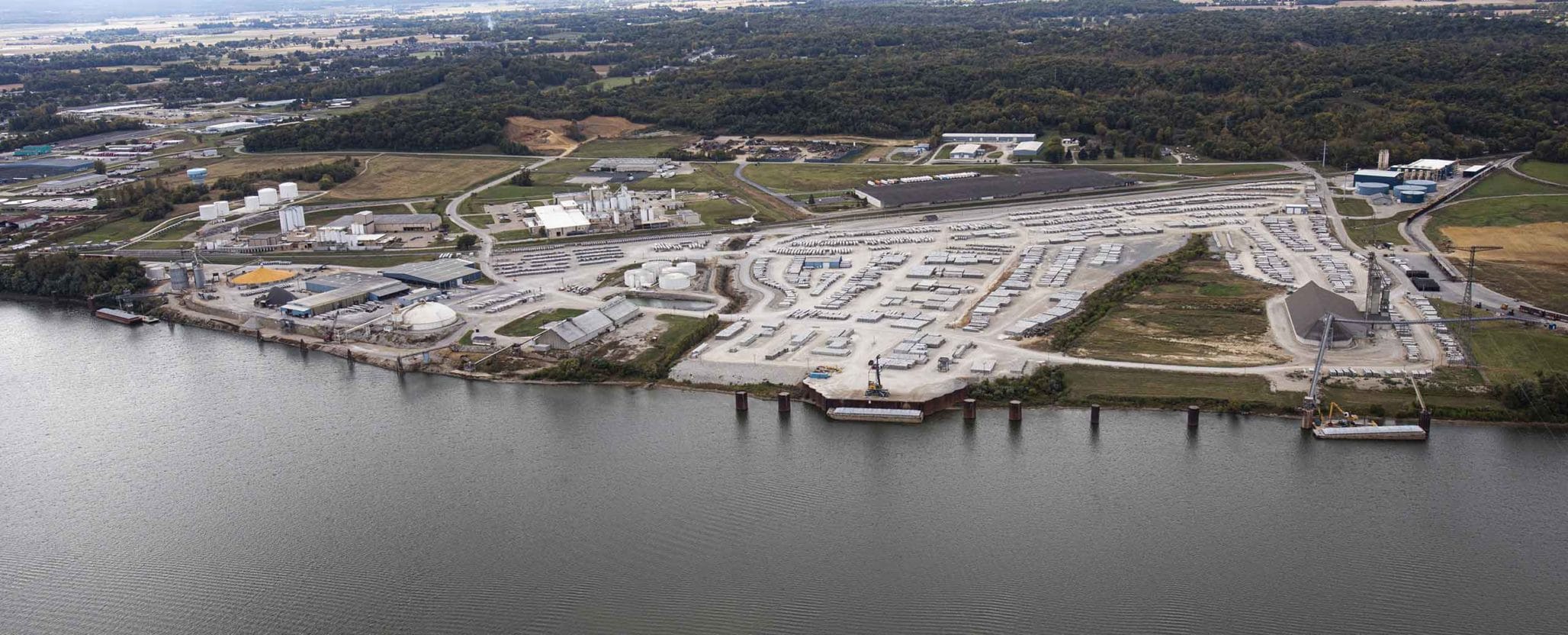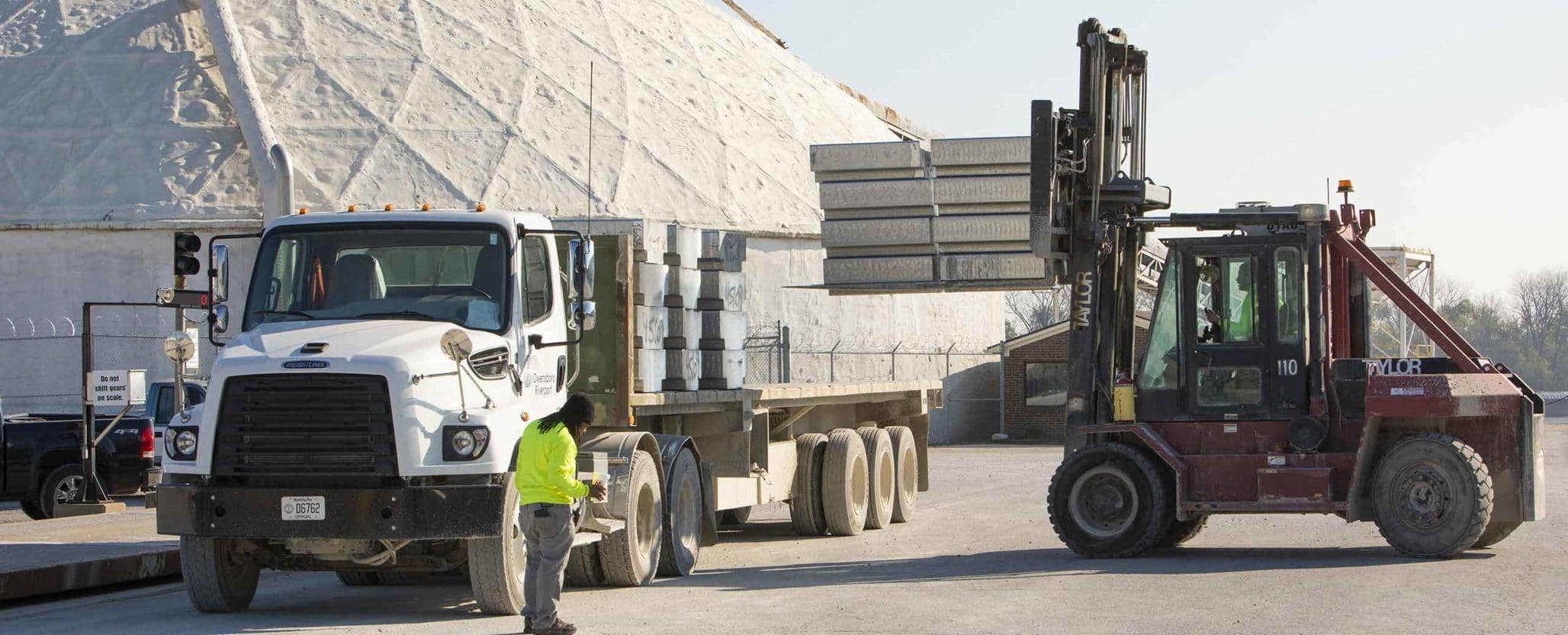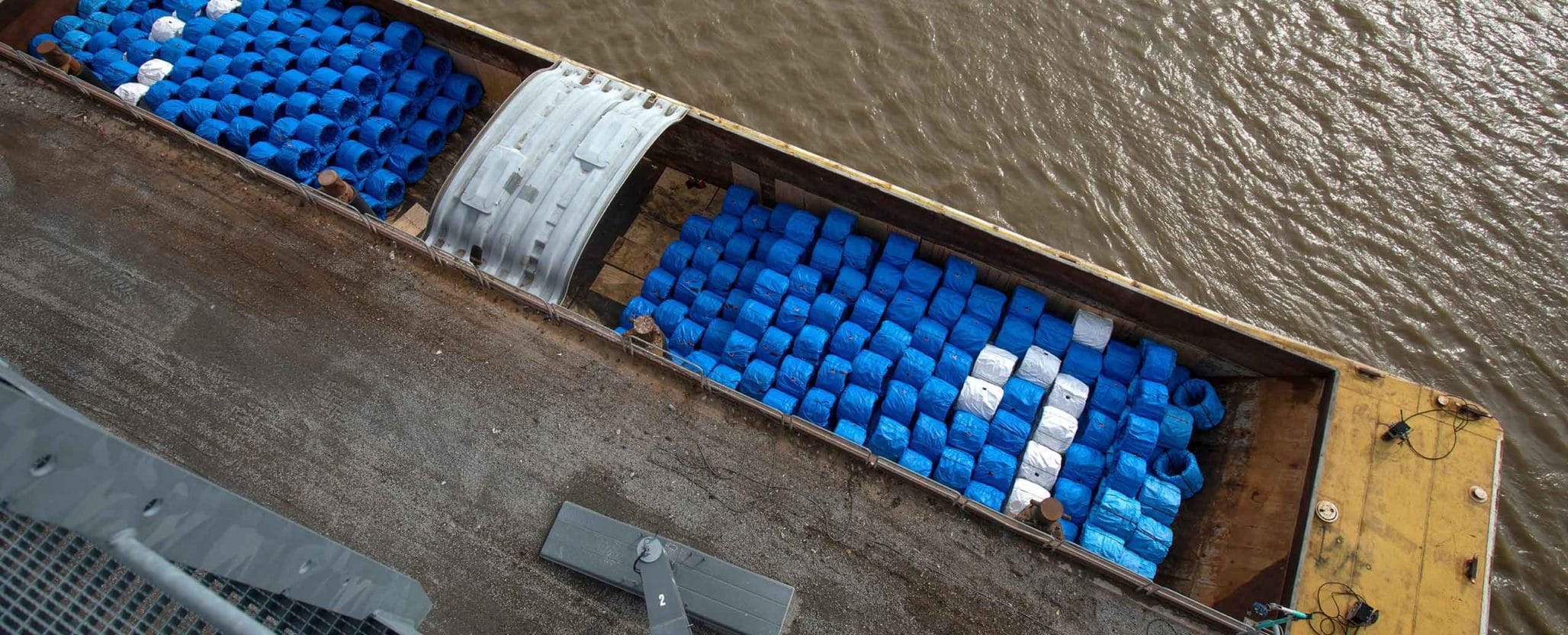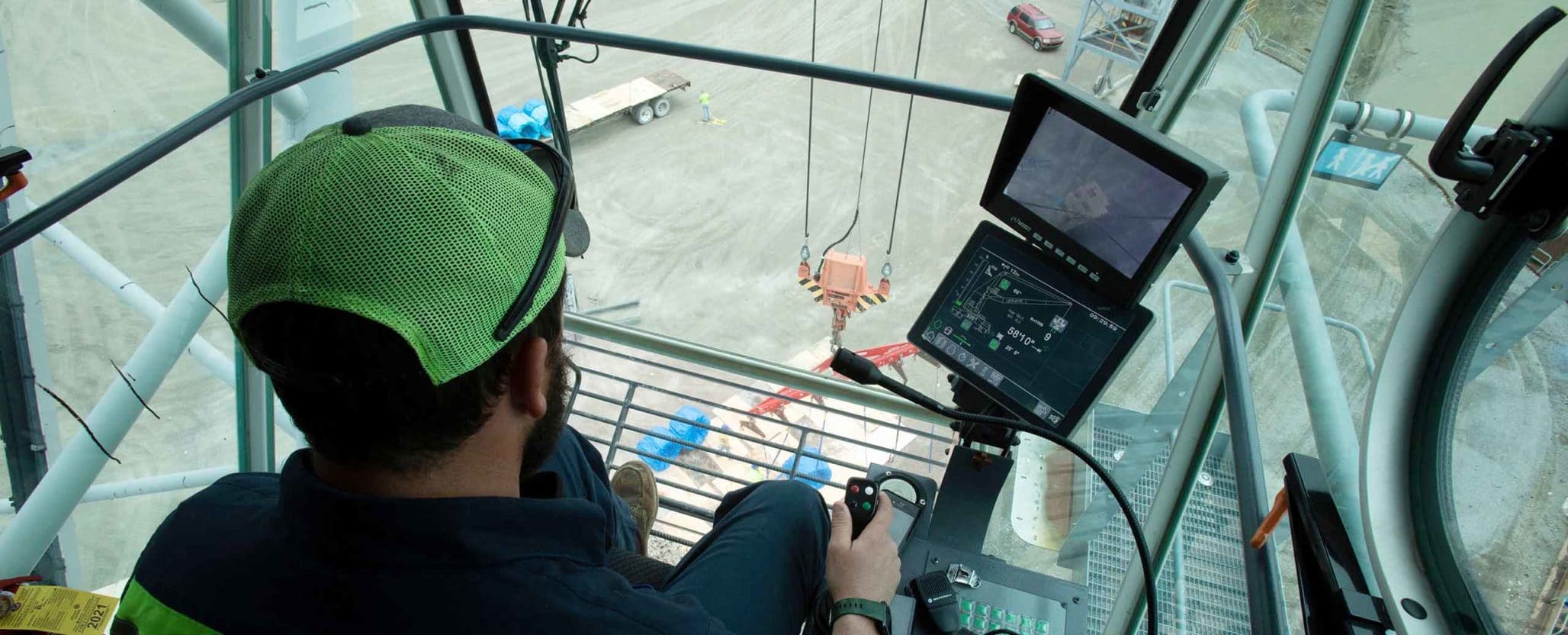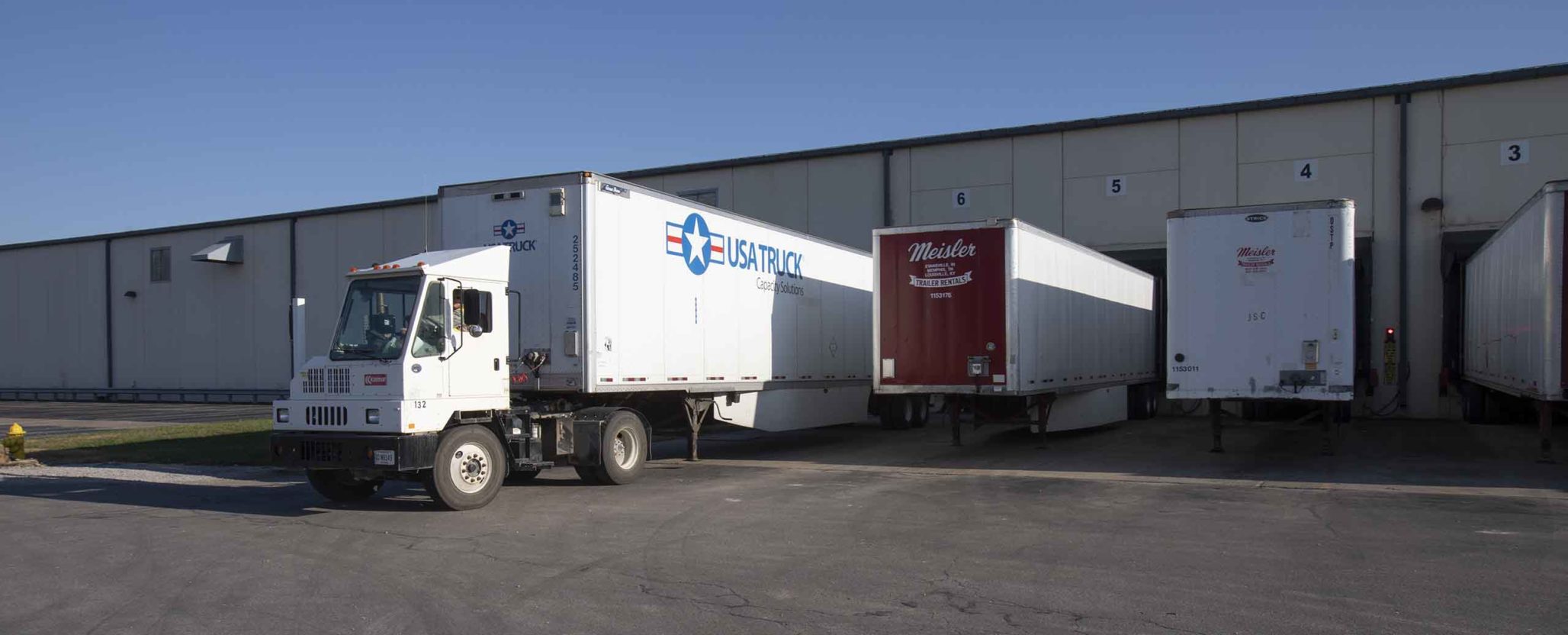In September 1966, the Owensboro City Commission created the Owensboro Riverport Authority in hopes of developing a commercial port that would lead to economic development.
It was the first city to create such an authority under legislation that had just passed the legislature a few months earlier.
But it would be another decade before the riverport actually opened.
In 1972, Owensboro Mayor Waitman Taylor was pushing for the development of the port.
But County Judge Pat Tanner — the last “county judge” before the title became “judge-executive” — was vehemently opposed to it.
He charged that it would cost taxpayers at least $150,000 to operate the port in its first year and the costs could go as high as $384,000.
So, the city developed the port on its own, opening it in June 1976 at a cost of $5.6 million.
Now, 45 years later, Brian Wright, Riverport president since 2013, says, “We’ve paid back the city above and beyond any money they’ve spent out here. We sent them $750,000 this past year and $1 million in each of the two years before that.”
The dividends have been paid to the city since 2001.
Record revenues
The port that some doubted would ever be successful — it didn’t turn a profit until 1993 — “had record revenues of $16.1 million last year and handled one million tons of commodities,” Wright said.
That was down slightly from 1.2 million tons the year before.
The riverport has $79.9 million in total assets, six companies on its property and it services between 40 and 50 area companies, Wright said.
Revenue this year is expected to be $14 million with $12 million in expenses.
Wright said, “We invested $3 million back into the port last year and we’re investing $9 million this year.”
Last year, the riverport bought a new materials handler for $1.9 million to help with loading and unloading barges and a spud barge for $1.1 million.
The spud barge can move up and down the river as needed for jobs like helping Yager Materials unload sand and gravel on occasion.
The riverport has 7,500 feet of river frontage.
This year, Wright said, they’re spending $1.5 million on wall stabilization along the river.
Second cargo dock
“We’re opening bids next week for a second cargo dock as part of the wall stabilization,” he said. “When the river is at 28 feet, part of the property floods. We’re building the wall one foot above the 100-year flood stage. We’re raising the road eight feet. Now, we average being flooded out 85 days a year. The higher road and dock will cut that to 15 to 20 days.”
Wright said, “The river is more erratic than it used to be.”
Two primary cargo docks allow the riverport to “service multiple customers simultaneously,” he said.
Wright said, “We’re expanding our bulk storage capacity. We’re desperately in need of more capacity for a variety of commodities.”
That will cost $2.5 million.
“Commodities are more diverse today,” Wright said. “We handle grain, fertilizer, paper, aluminum, steel coil, automotive frames, sodium bicarbonate.”
Everything from Kimberly-Clark paper to frames for the Jeep Gladiator from Metalsa.
Wright said, “With the shortage of truck drivers, we see more customers looking at river and rail transportation. We’ve shipped more aluminum by barge this year than ever before.”
The riverport is providing space for Owensboro Community & Technical College’s commercial driver’s license training program.
The port offers river, rail and truck transportation.
Carbon neutral
Wright said, “We’re seeing a need to be more carbon neutral in the future and barges are more carbon neutral than any one form of transportation.”
He expects to get business from Ford’s planned electric-vehicle battery factory when it opens in Glendale in a few years.
“It will need commodities to support it,” Wright said. “That puts us in a good spot.”
The riverport is also a customs point of entry and a foreign trade zone.
“Throughout the pandemic, we took in a massive amount of aluminum — 360,000 tons,” Wright said. “We were one of the key locations in the U.S. for aluminum.”
He said the number of trucks outbound with aluminum is up 50% this year.
Next year, Wright said, Kentucky 331, which runs from U.S. 60 West to beyond the riverport is being upgraded at a cost of $14.4 million.
The U.S. Department of Transportation, U.S. Maritime Administration, Kentucky Transportation Cabinet and the riverport are partnering on the work.
The road will be three lanes through the two curves between U.S. 60 and the riverport, with sidewalks and bus stops.
Industries along the road will get a turn lane.
After the curves, Wright said, the road will be a super-two-lane — wider than a regular two-lane road.
Automotive, aluminum to grow
He said he expects automotive and aluminum shipments to continue to grow in the future.
Wright said, “We want to help the community grow with economic development. There’s a need for more river frontage for development and we’re ready to help.”
The riverport has 45 full-time employees.
“Our employees’ willingness to adapt during COVID has been instrumental in our success,” Wright said. “They are the backbone of our success.”
The city has twice considered selling the riverport to a private company.
In 2014, Owensboro Grain Co. attempted to buy the port, but its bid, which was not disclosed, was rejected as too low.
Then-Mayor Ron Payne said at the time that if the port was sold, part of the proceeds would likely be used to build a new senior citizens center.
It’s never been built.
In 2009, a special committee appointed by the City Commission spent several months looking into the possible sale or privatization of the riverport, after two companies approached the city about buying it.
In December that year, the committee recommended that the terminal remain publicly owned and under the guidance of its public board of directors.
And after 45 years, it remains a city-owned facility.
By Keith Lawrence, Messenger-Inquirer, published Oct 25, 2021.
